DIGITAL
Type of resources
Topics
Keywords
Contact for the resource
Provided by
Years
Formats
Representation types
Update frequencies
Scale
-
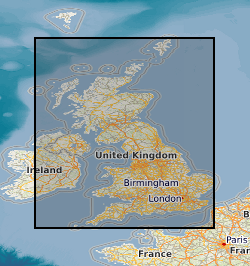
Index, set up in 1998, to the archive collection of reports, notebooks interpretations, plans and other geological or related data received from external organisations that are not part of other collections. These cover a wide variety of different types and ages of information mainly from Great Britain but some related to BGS projects overseas.
-
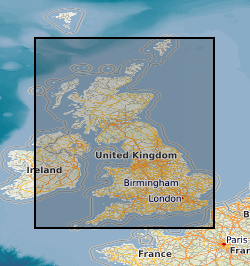
Index to various collections of Aerial Photographs purchased or obtained by BGS and its precursors as part of its surveying activities. The index was set up in 2000 and mainly covers Great Britain. The level of spatial detail depends on the flight plans provided, but most are referenced at least to OS quarter sheet level.
-
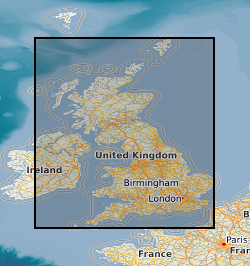
High level index to the contents of the boxes of Primary Geological Data resulting from deep underground coal exploration and exploitation in Great Britain donated by the Coal Authority in July 2001. Data for past and current collieries and for future prospects including borehole site plans, borehole logs , analyses and geophysical data etc. This index will diminish in importance as these data are merged with existing collections.
-
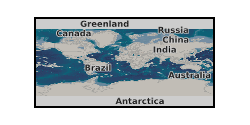
Index to the reports of work carried out by the BGS and its precursors. The index was set up in 1988 and has worldwide coverage. These reports cover a wide range of scientific and technical disciplines and were produced for a variety of purposes. The reports are not published but copies can be provided on demand subject to any restrictions. All registered Technical Reports held in collection are indexed. Start date of digital index circa 1988. Technical reports date from circa 1950 onwards.
-
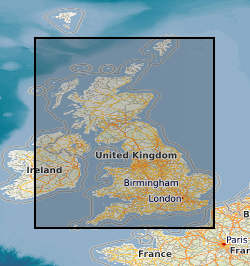
Index to acquisitions and donations of all types of geological record data. This information has been received from a variety of external organisations including public bodies and commercial concerns. The Oracle index was set up in 1988 and holds basic index information about the donor and the donation. The index has been expanded in 2009 to include other sections of BGS and covers all their donations. The majority are from Great Britain.
-
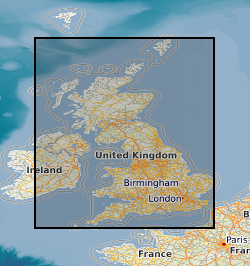
Index to BGS geological map 'Standards', manuscript and published maps for Great Britain produced by the Survey on County Series (1:10560) and National Grid (1:10560 & 1:10000) Ordnance Survey base maps. 'Standards' are the best interpretation of the geology at the time they were produced. The Oracle index was set up in 1988, current holdings are over 41,000 maps. There are entries for all registered maps, but not all fields are complete on all entries.
-
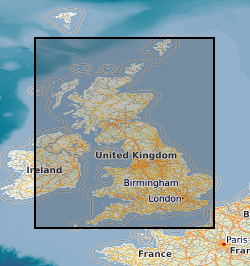
The Index to the Primary Geological Data resulting from Open Cast Coal exploration. The index lists the content of the boxes of data, including reports, interpretations and records of research in British coalfield areas. The Index lists information on past and current workings and for future prospects. The majority of the collection was deposited with the National Geological Records Centre by the Coal Authority in July 2001, but a small number of BGS records have been added subsequently.
-
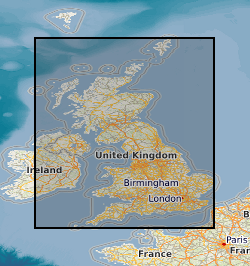
Index to the BGS collection of large scale or large format plans of all types including those relating to mining activity, including abandonment plans and site investigations. The Plans Database Index was set up c.1983 as a digital index to the collections of Land Survey Plans and Plans of Abandoned Mines. There are entries for all registered plans but not all the index fields are complete, as this depends on the nature of the original plan. The index covers the whole of Great Britain.
-
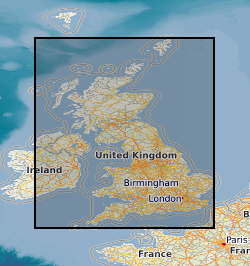
Index to manuscript geological maps produced by the Survey geologists or other recognised geologists on County Series (1:10560) and National Grid (1:10560 & 1:10000) Ordnance Survey base maps. The index was set up in 1991. Current holdings for Great Britain are over 35,000. There are entries for all registered maps but the level of detail depends on nature of original Survey, ie not all fields are complete for all entries.
-
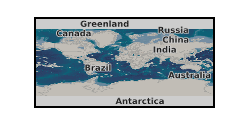
Reports of work carried out worldwide by the BGS and its precursors. These reports cover a wide range of scientific and technical disciplines and were produced for a variety of purposes. Reports date from about 1950 although there are only a comparatively small number of reports pre 1960. The reports are not published but copies can be provided on demand, in hard copy or pdf format ,subject to any restrictions.
 NERC Data Catalogue Service
NERC Data Catalogue Service